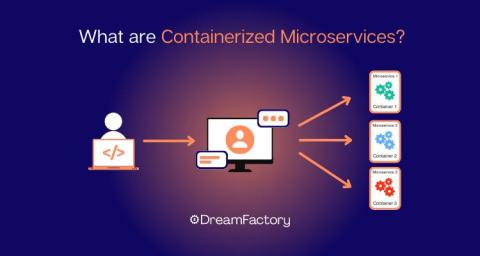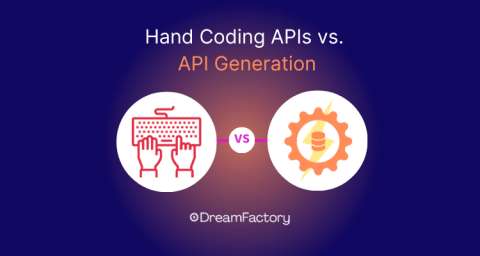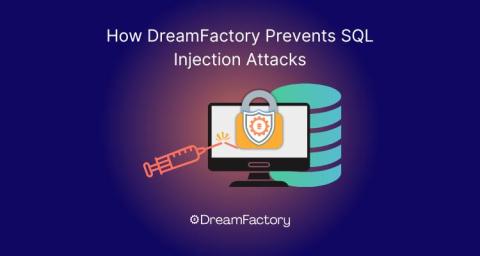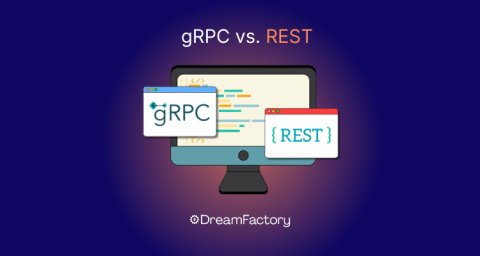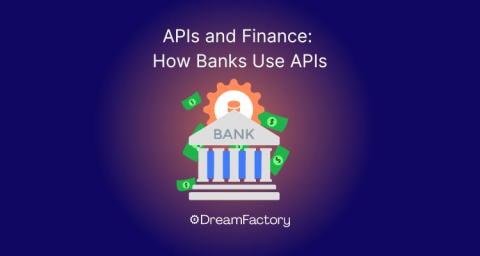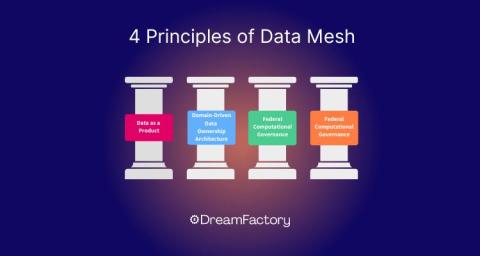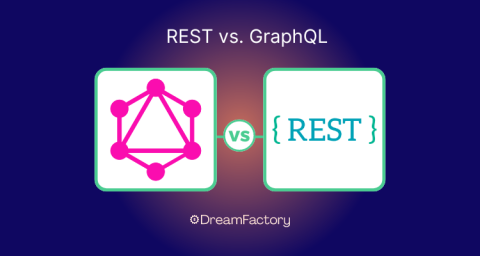API Generation vs. Reverse ETL
API generation, as implemented by DreamFactory, allows for direct, real-time access to data stored in Snowflake, while Reverse ETL typically involves moving data from the warehouse to operational systems in batches. Here are some specific examples and use cases for each approach.



